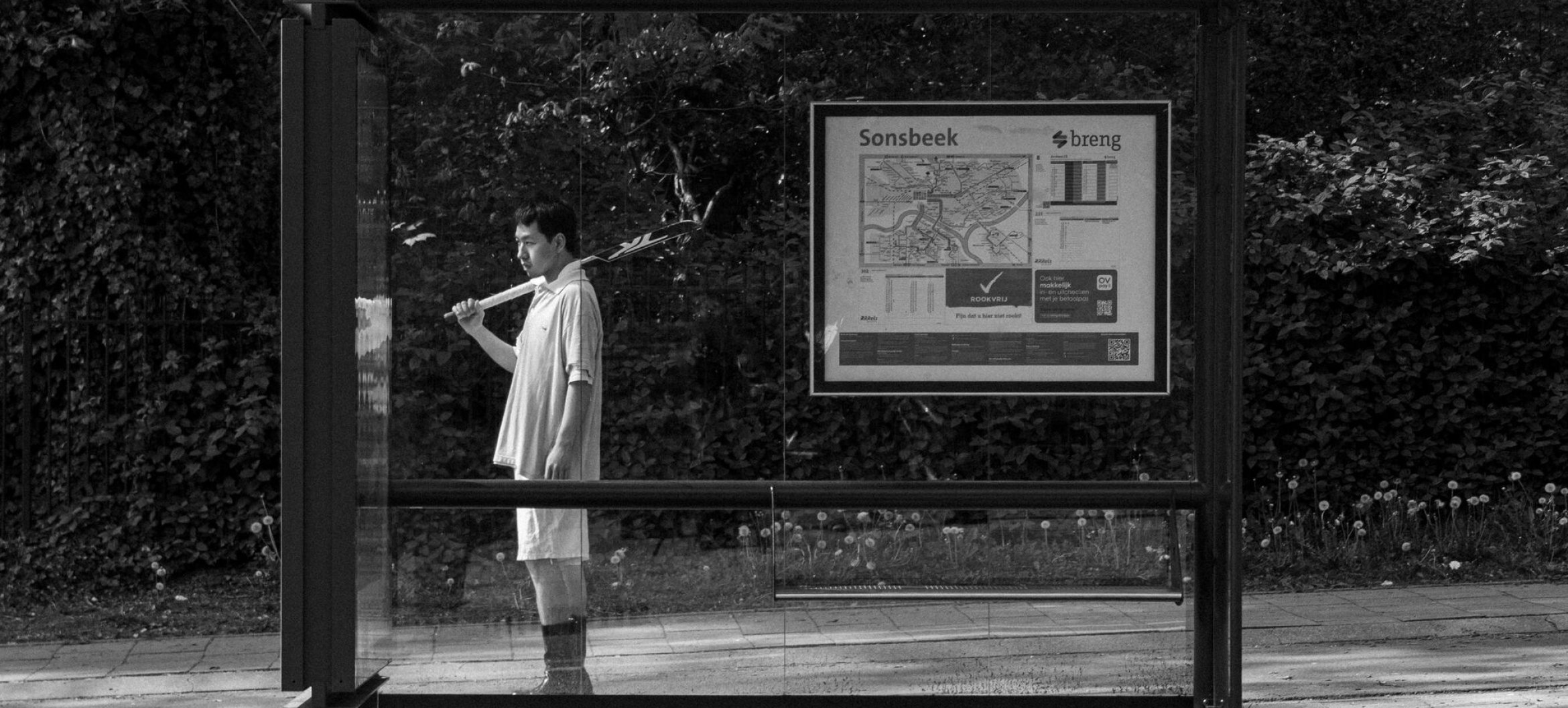Yiyang Zhou

The ROOM is not a space. It is a hunger. It metabolizes. It digests. It leaves nothing untouched. It is a platform of spacial digestion. Zhou’s work does not represent space — it coordinates the conditions under which space functions as symbolic infrastructure, metabolized flesh, and a system of self-discipline. Against the Kantian tendency to map categories upon appearances, Zhou begins from hunger — as Simone Weil wrote, hunger is not lack, it is structure. The ROOM is not empty; it eats. This is not architecture. This is anti-architecture in the sense Bataille tore open the edifice — a space that swallows its own instrumentality, its own purpose, until only digestion remains. The ROOM here is a recursive device: parking lots, stations, airports; hospitals, kindergartens, prisons; cooperatives, factories, morgues.Things that structure life and distribute death. Uovo (Egg)—the sculpture—is a digested module. Not a prototype. Not a clean cut. Not a proposal(maybe a piano?). It is post-digestion. It is built from the afterlife of matter: abandoned metal frames, concrete legs, sport equipments—strollers, walking aids. It is not ‘about’ instrumentality. It is the symbolic structure of how instrumentality fails. Functionality is not performed—it is devoured and excreted. What remains is a kind of digestion-mythology, a surplus of socio-biological framework that has rotted into structure. The ROOM does not unfold in linearity. It recurs, surpasses, suffocates itself—it eats its own tail like an a-logistical ouroboros. The ROOM does not represent society. It is society’s hallucinated stomach. Zhou’s concern is not a critique of nepotism or eliticism per se, but their excessive codification—their transformation into symbolic overgrowths that devour the space they once merely organized. The temporal logic of the ROOM is a-logistical; it feeds on the latent spiritual symbolism of fraternity, and reveals a recursive, overloaded system of social metabolic hierarchy (food chain). It is always a regurgitation. The film Spring / Verbal Constraint operates in silence. Not silence as absence—but silence as Wittgenstein’s last proposition: that which cannot be spoken must be shown. The film shows four ‘landscapes’ of mechanical human movement: ritualistic waste (Carnival), biometric queues (immigration), mechanic labour (factory), sanitary exile (toilets). There is no voice. There is only noise. And yet noise, parasitic as it is, still means. Still wounds. Still insists. It is governed by what Zhou calls verbal constraint: a condition where the human voice is suppressed, not by censorship, but by saturation—by the ambient parasitic noises of bureaucracy, festivity, labour, hygiene. Zhou does not ask: what is space? He asks: what devours space from within? Who feeds the ROOM? And what is edibility:(…)
This page was last updated on July 7, 2025